Filed under: drawing, graphic novels, illustration, my antarctica | Tags: art, children's books, graphic novels, illustration, publishing

My Antarctica is coming soon from Candlewick Press!
“What’s a proof?“
Glad you asked.
A proof is a printed copy of a book that’s about to be published soon. The author/illustrator takes a look through it and makes sure that the colours look correct, and checks for visual glitches or design misunderstandings. Then, if there’s time, the publisher can change these things at the last minute before the book goes to press.
It’s the best way to make sure an error isn’t printed and bound thousands of times!
I work with proofs a lot in my day job editing images for photo books, and it’s surprising how easy it is for oversights to remain in a book right up until press day. When you’re immersed in a book every day, you become blind to things that might be obvious to someone else.
That’s why it’s so useful to get fresh pairs of eyes on a book at the proof stage.
Pre-order My Antarctica in the USA from Amazon, Target, or ThriftBooks.
Pre-orders in the UK currently only from Amazon, but watch this space.





Filed under: drawing, drawing theory, illustration, sketchbook | Tags: art, camping, drawing, how to draw, illustration, sketch, sketch daily, sketchbook, sketchbook inspiration, sketchbooks, sketches, walking
When I go on a camping trip I always take a small sketchbook.
And at first it seems like I’m going to be too exhausted from walking with a heavy backpack and sleeping on the ground to actually draw anything.
But every time there’s this point where I see one thing that calls out to be drawn, and the floodgates open.
Usually during the latter part of the trip I’ll be drawing non-stop, doing several sketches in a row in one location.
It’s an abbreviated version of what it’s like to work on art more generally, especially novel-length books: nothing happens for a long time, and then suddenly it starts happening and comes in such a torrent that you can’t remember why there was so much dithering and chin-stroking before.
These are from the North coast of Norfolk.
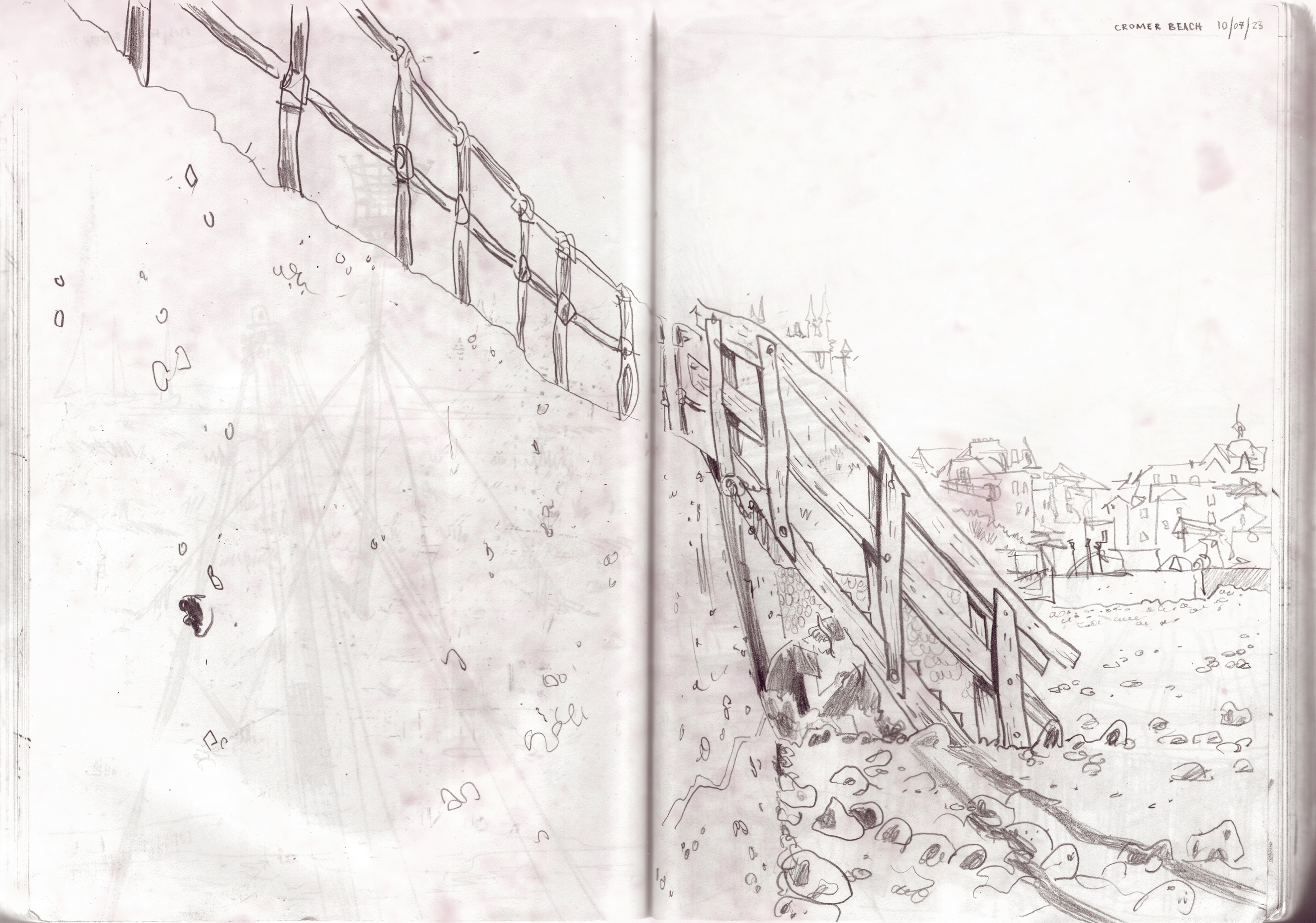

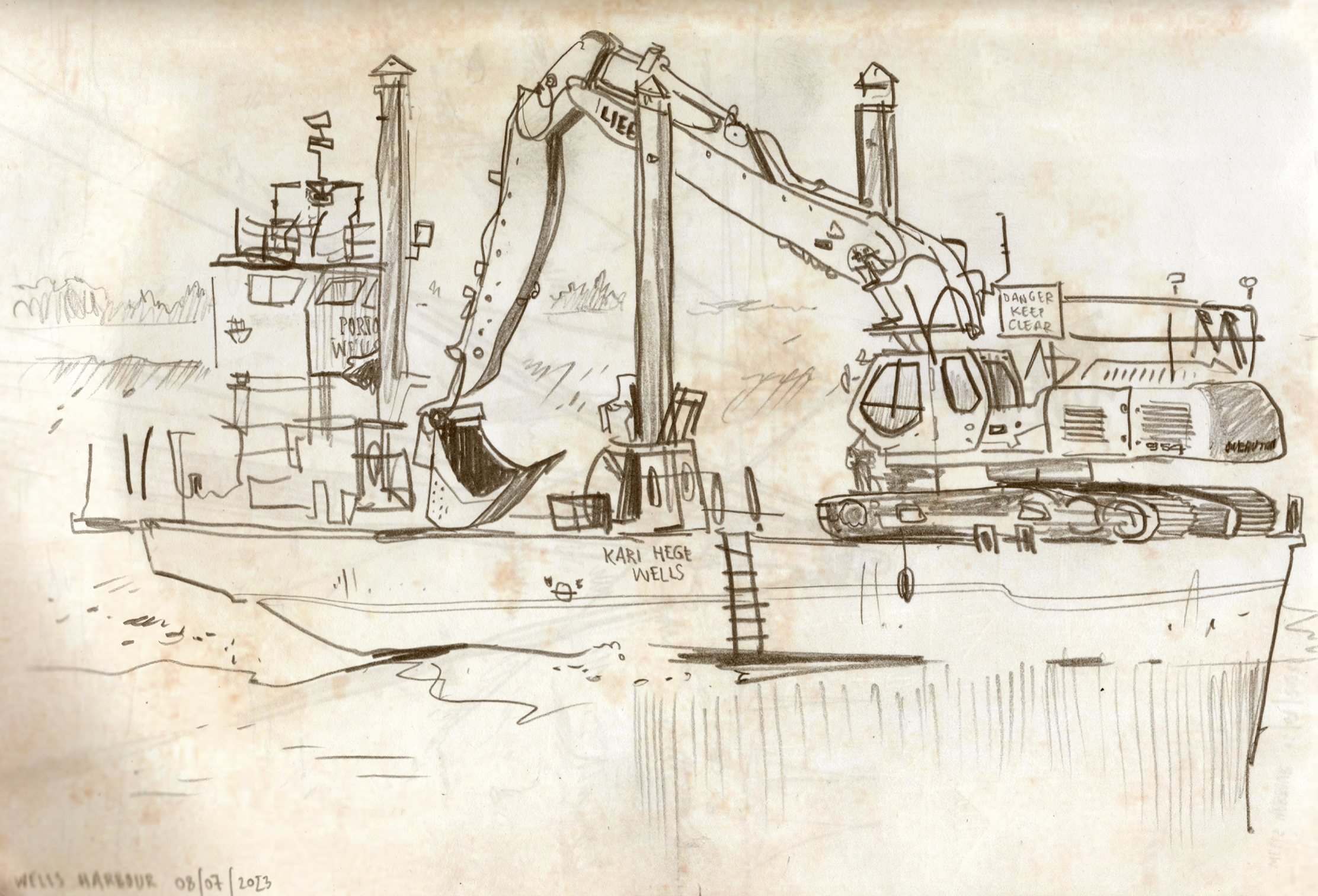
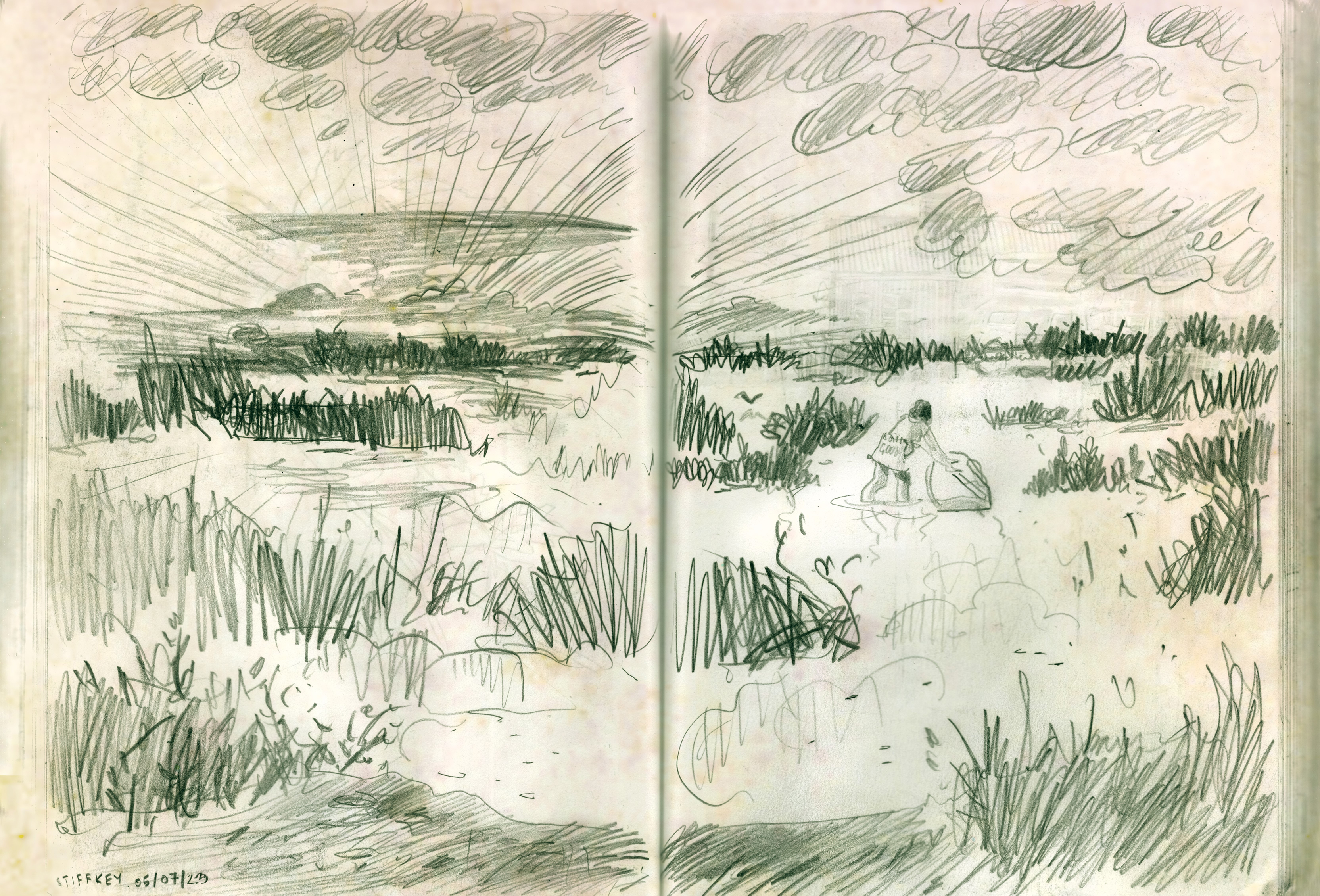
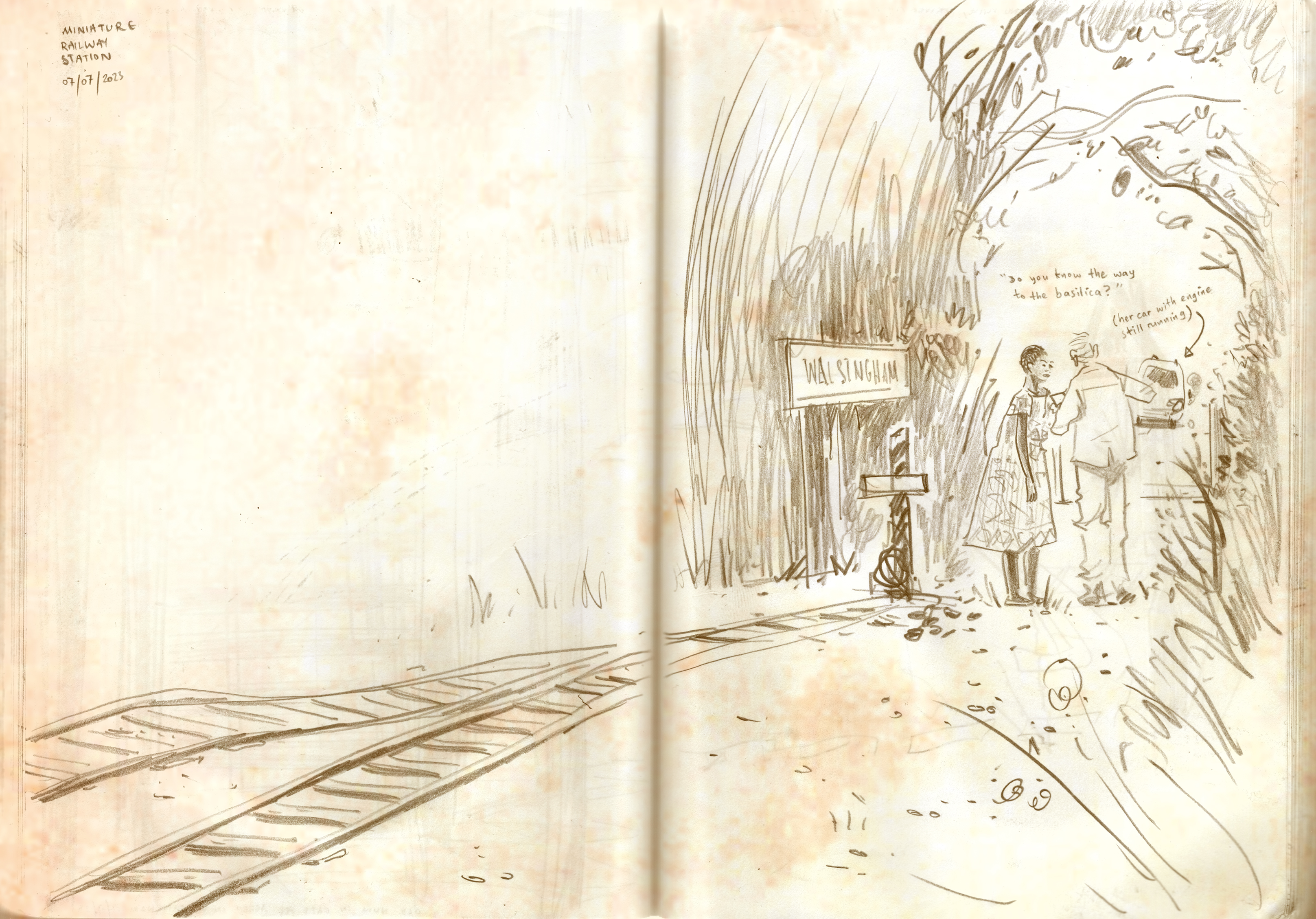
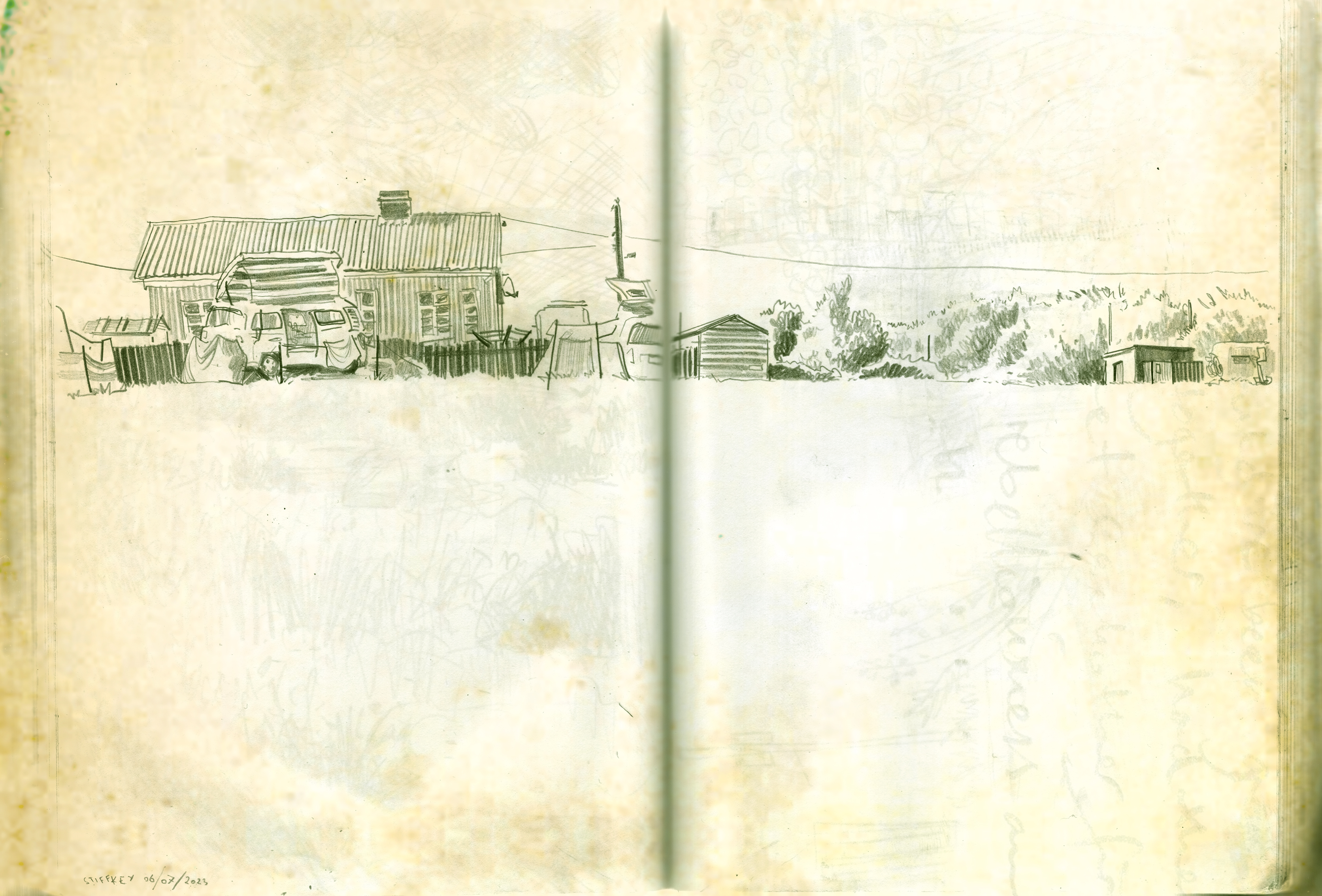

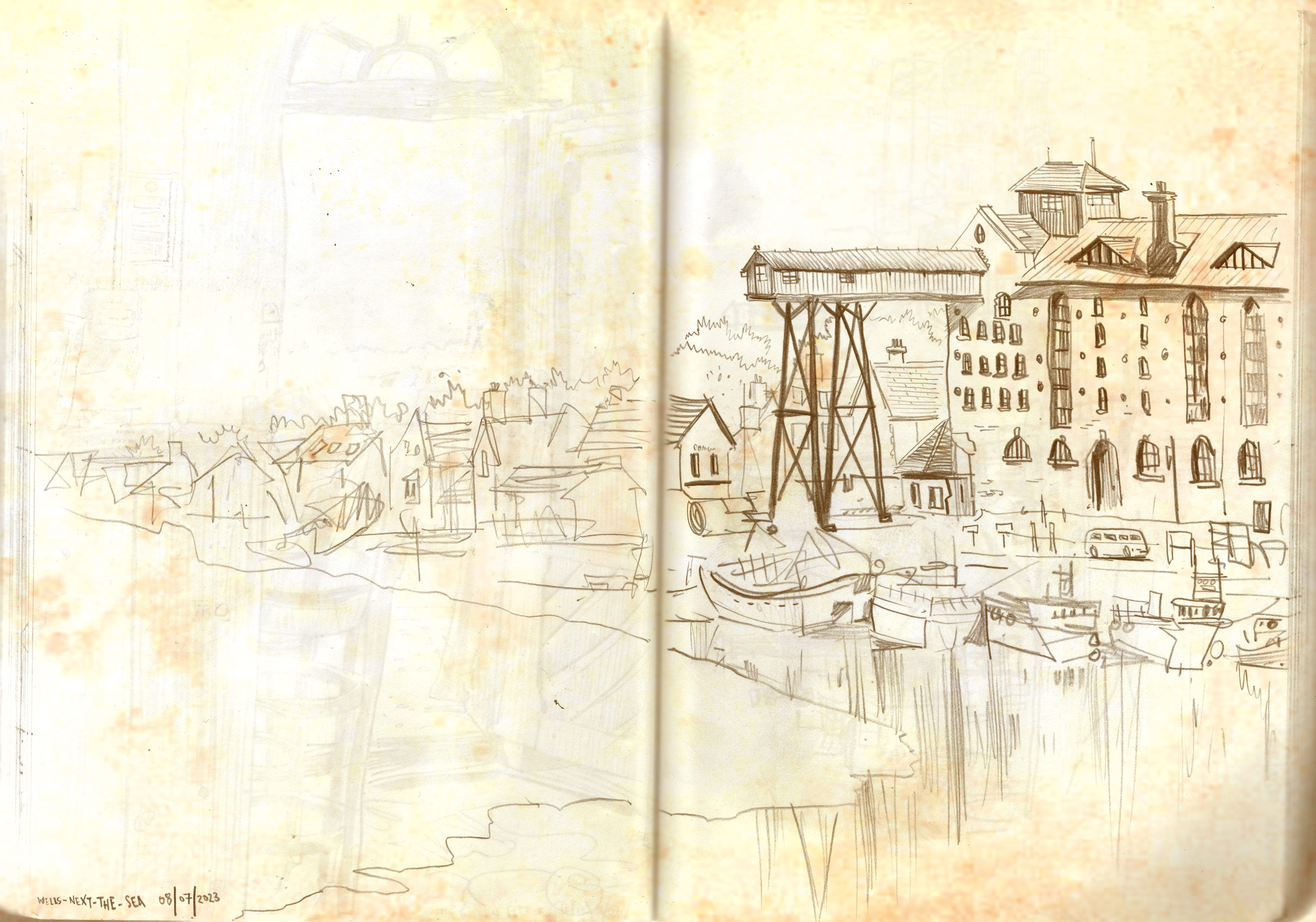
Filed under: comics, drawing, graphic novels, illustration, my comics | Tags: art, comics, graphic novels, illustration, writing

























Filed under: comics, comics theory, graphic novels, my comics, writing | Tags: books, comics, fiction writing, graphic novels, writing, writing theory

Sometimes your favourite bits of writing aren’t a good fit for the story…
When I’m writing a graphic novel and I find something that works, there’s this tendency to ‘over-write’. One small element of a story will suggest a side story or something in a character’s past, and when I sense that there’s something there, I’m almost obligated to follow it.
Writing fiction is a weird process.
Doing it at all seems to require entering a sustained state of lateral thinking. Finding something that really works, that takes on a life of its own and gets up and starts walking around, feels so miraculous when it occurs that you sort of have to let it do its thing and see what happens. What can happen is you end up with stuff in a story that does something effective in its own right, but doesn’t actually benefit the story as a whole.
A result of these tangents is that you can end up with a large project that appears complete but still doesn’t feel fit for sharing. At least three times now, I’ve experienced the immense relief of cutting a big chunk of material out of a larger work, and realising that it never really belonged there, that it was getting in the way of the real story.
The stories I love the most are very simple, but suggest deeper things going on just before, just after, just off-camera, just under the surface. Explicitly expanding a story too much robs it of mystery or space for the reader’s mind to work in. You have to cut the part to save the whole.
Cutting something out of a story can be agonising.
When you’ve found something good, you’re desperate to hang on to it, even when doing so doesn’t make sense. You can’t discard something that you like this much, you think, and you rationalise keeping it in by convincing yourself that it makes the larger work ‘eclectic’ in some vaguely-defined way. Some writers can do ‘eclectic’ and make it work to brilliant effect, but don’t you just hate it when you’re enjoying a book, and a new chapter starts, and the viewpoint changes, and suddenly it’s about something else? ‘Hey,’ you think, ‘I was enjoying that.’
So to convince myself to remove these parts that I like but which weigh down the larger work, I have to ‘save’ them in some way, to gain some kind of closure and move on from a story that’s still living in my head. They have to expand into their own full story, or stand alone as a short story, to in some way find a final form. Maybe by itself it doesn’t necessarily have a firm ending. Maybe, in the same way you’re trying to acheive for the main work, an excised sub-story like this can sit as a fragment, suggestive of something bigger.
Filed under: amy & kay, comics, drawing, graphic novels, illustration, illustrations, my comics, writing | Tags: art, books, comics, illustration, sketch, writing
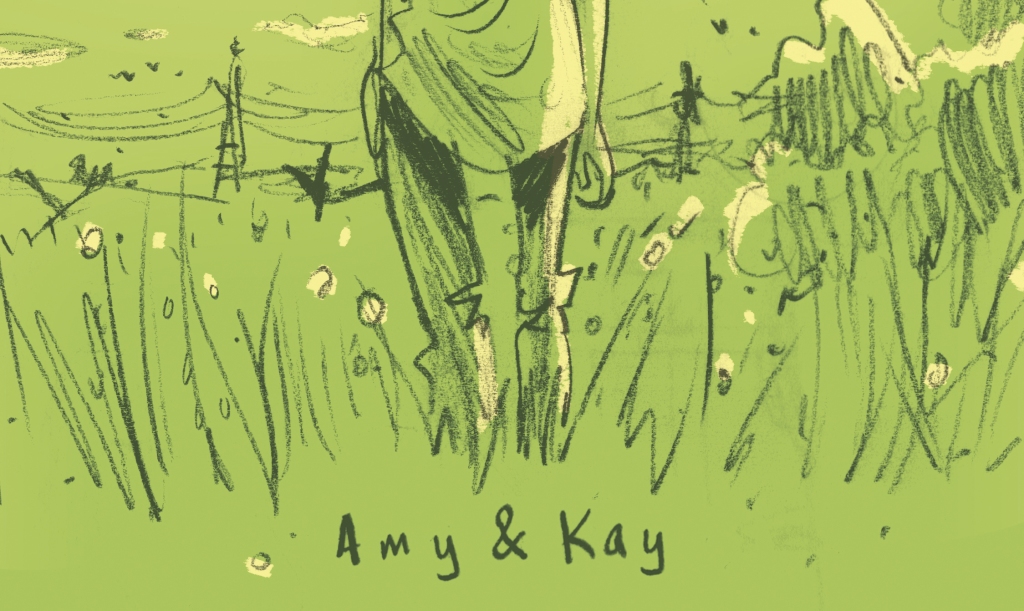
There’s a time in your early twenties when you start to realise that you’re not cool anymore.
You start to see all your friends getting real jobs, getting real relationships, moving into nice homes, and meanwhile, you’re still the same punk you’ve been since you were fourteen, the one who all the kids used to think was the coolest person in your local town, the one who everyone used looked up to, the one who always knew where to find a good time, but now you’re twenty-five and all of a sudden it seems like no-one cares anymore.
At least this is what it’s like for Amy and Kay. Life used to be so simple, but now it feels like everything’s slipping away. And when the painfully uncool Laura inserts herself into Amy’s life, it becomes painfully obvious that adulthood has arrived, and if Kay chooses to ignore it, who knows where she might end up…
I’ve been drawing this thing with a 4B pencil for a year or so now, fitting it in to spare days and watching it grow. As it nears completion, I thought I’d share a short scene from the second chapter. I’ve been gradually working on several graphic novels over the last few years. Call me scatterbrained, I can never seem to focus exclusively on one project. But Amy & Kay is getting close to completion at around two-hundred pages, and I can’t wait to share the complete story with everyone who’s ever wondered if they’re about to be left behind.
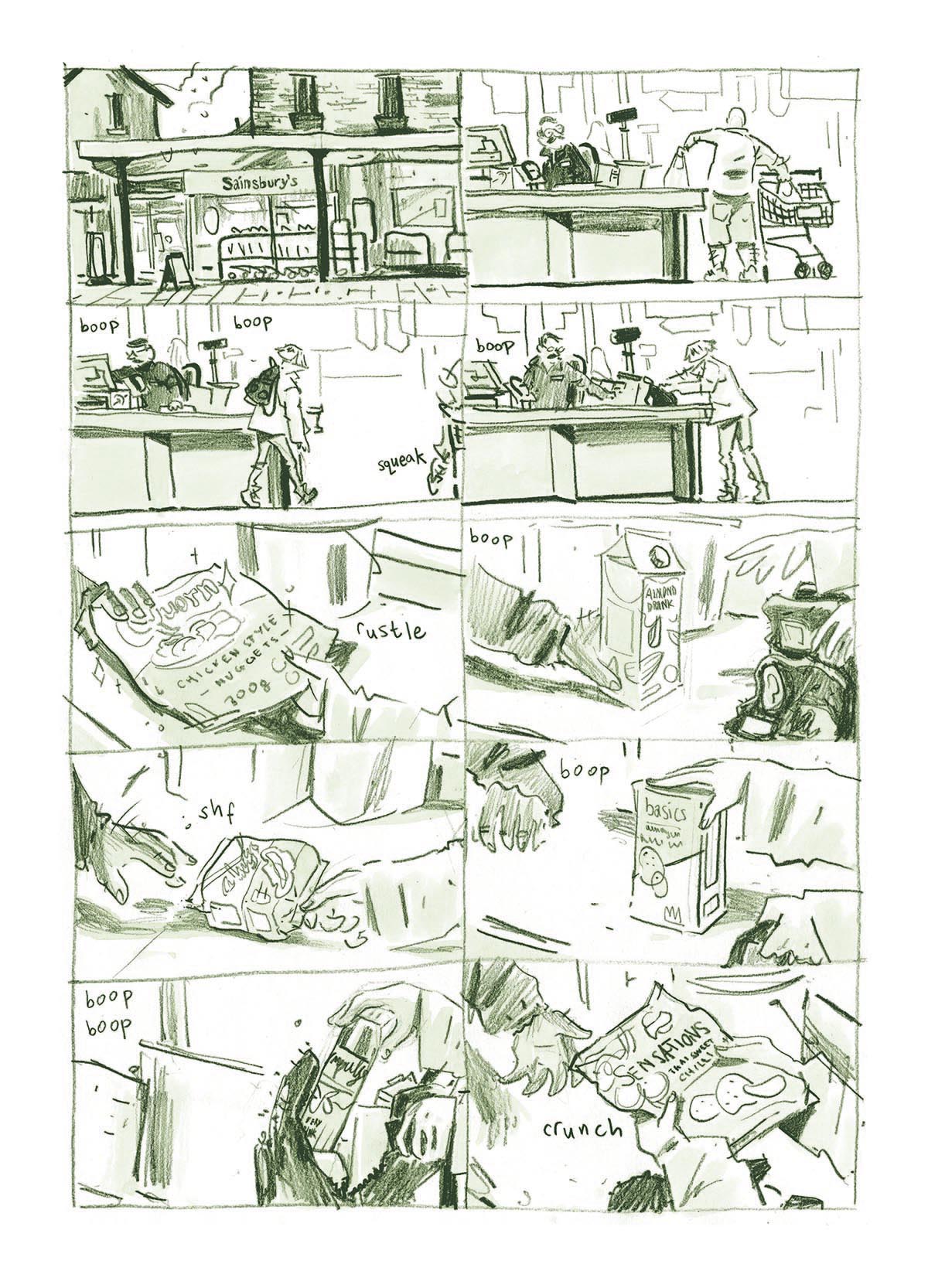
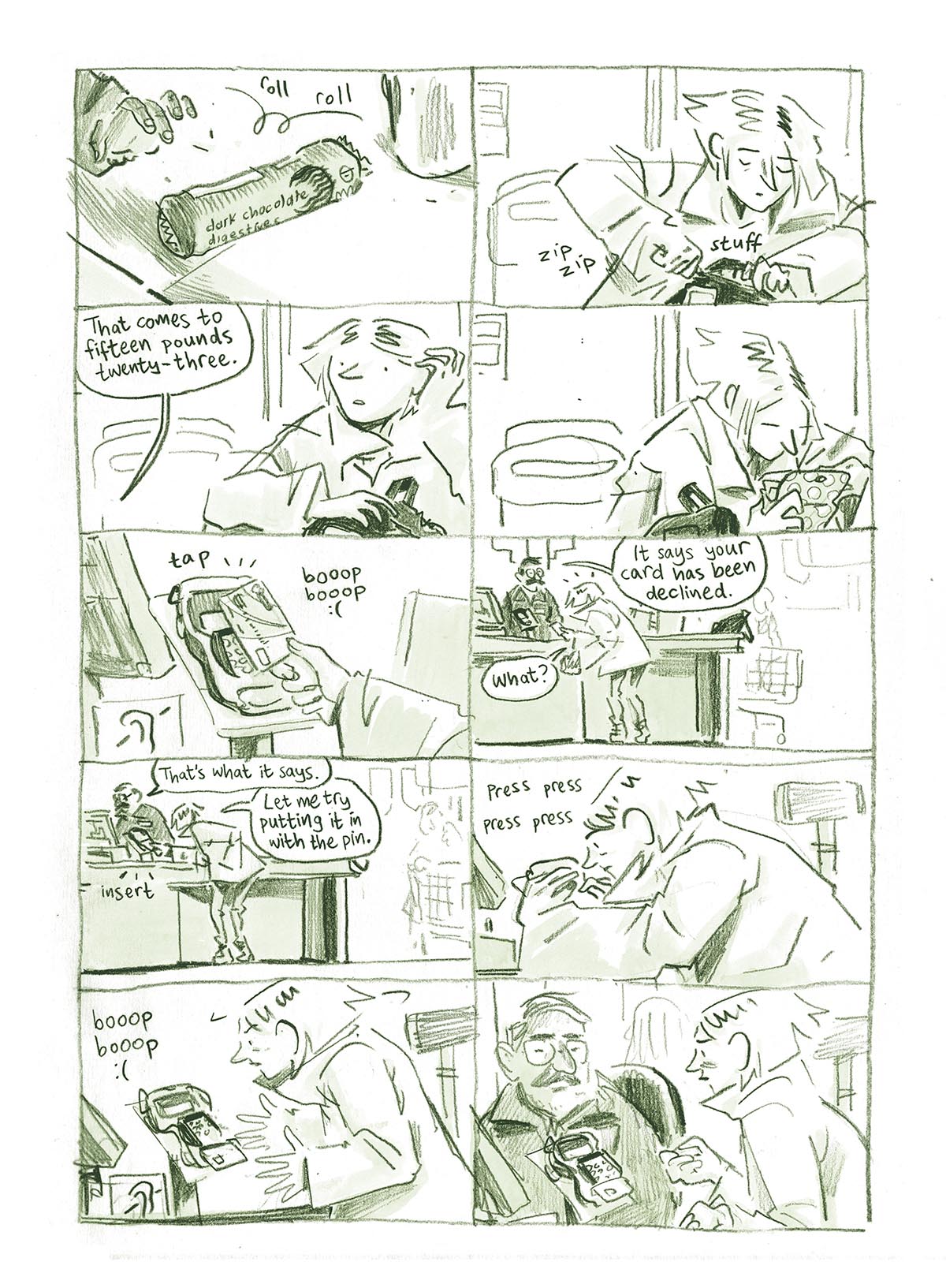

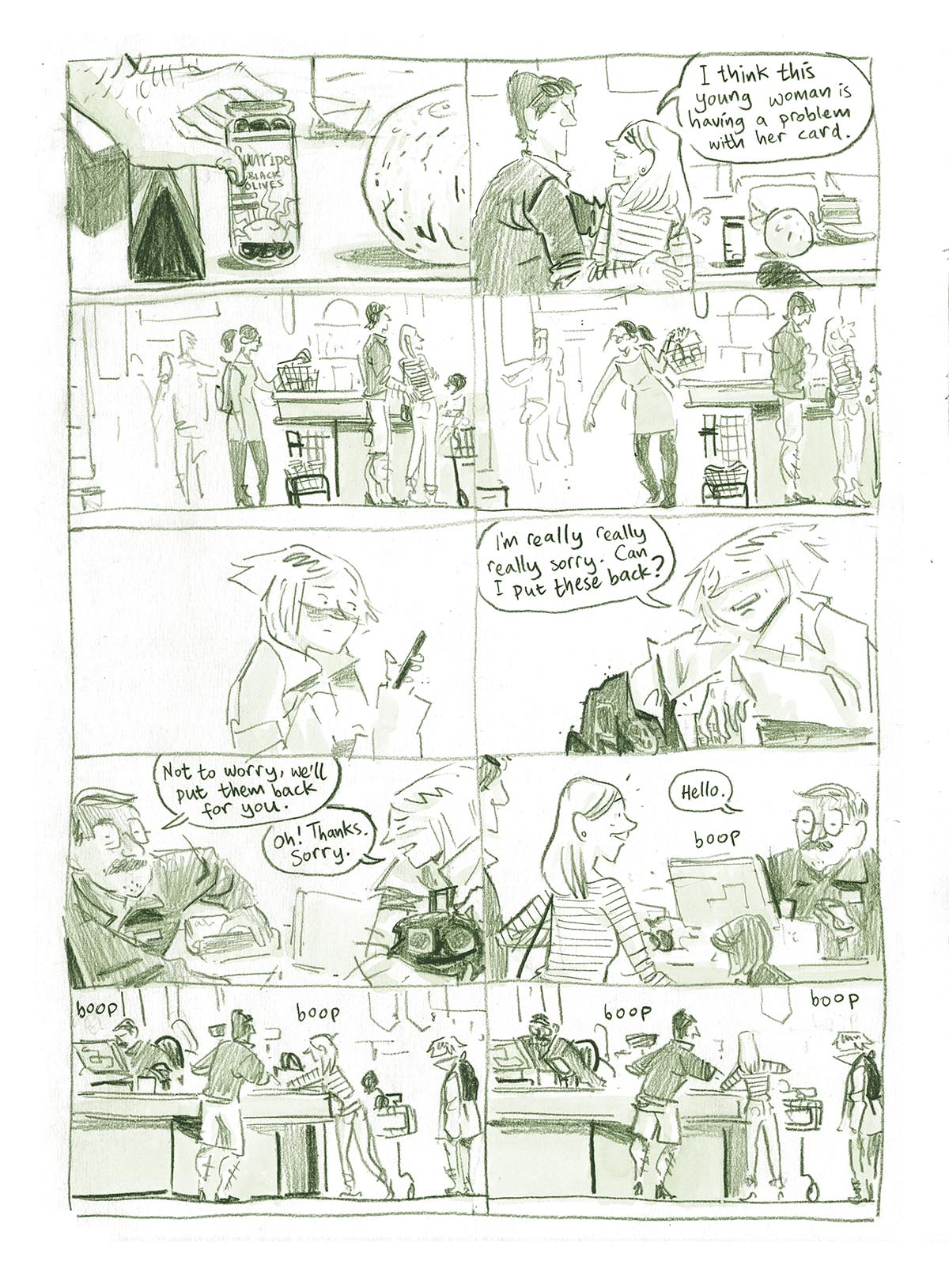
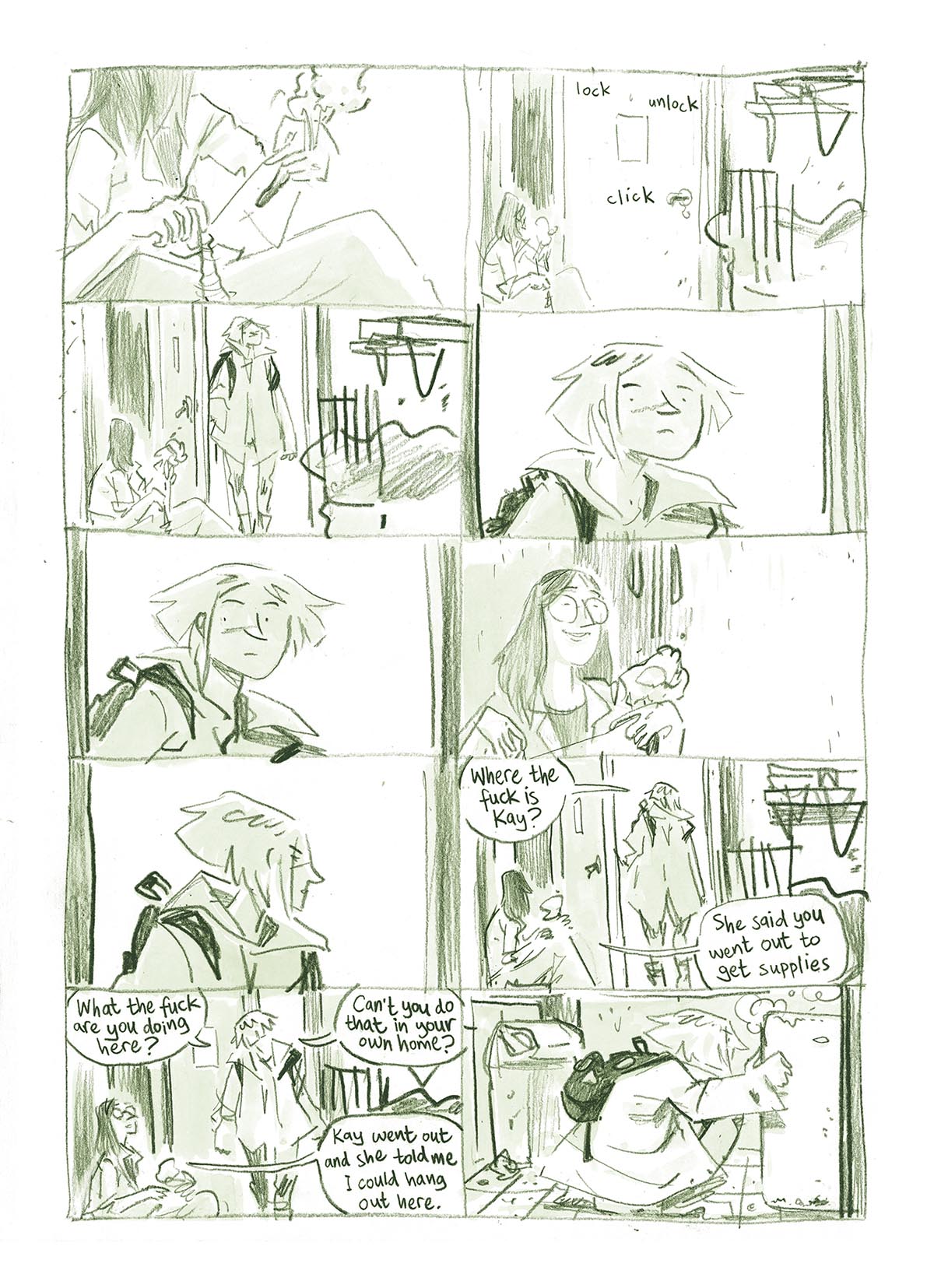
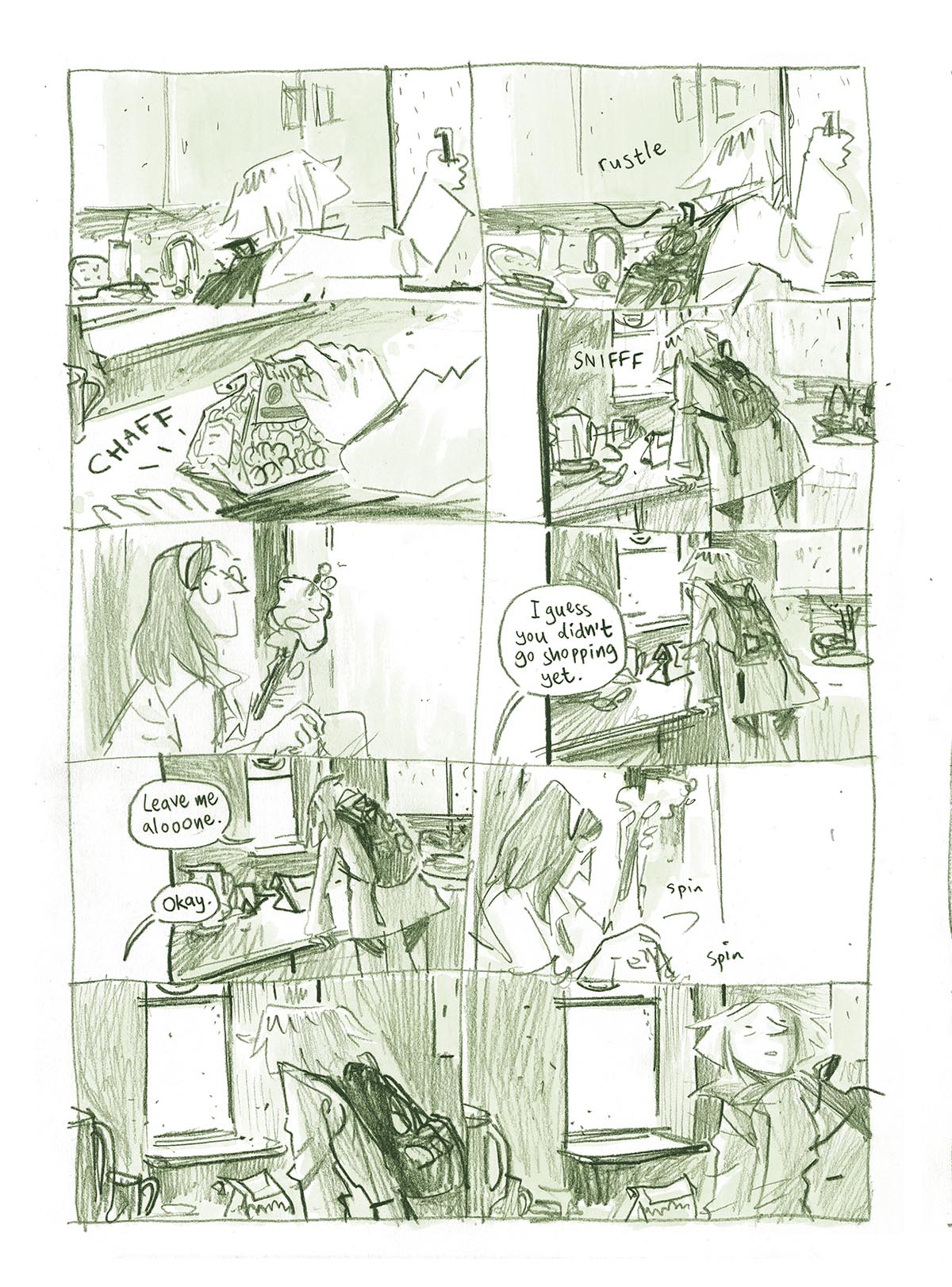

Filed under: illustrations | Tags: books, children's books, graphic novels, illustration, travel

Is it really beach time?
Currently working with some talented people on a travelogue like no other.
Comics and diagrams, fantasy and reality, maps and diaries, history and the modern day, illustrations and photographs. This book is bringing together so many of the cool things you can do when images and text get together.
So often we use categories like ‘picture book’, ‘graphic novel’, ‘illustrated novel’, book formats with their own specific rules and design principles: a set of things that are allowed. But recently, we’re starting to see more and more crossover between those different formats. If the only rule is, “It’s images, and it’s text, on a page,” the possibilities might be limitless.
Can’t wait to share more :)
Filed under: amy & kay, comic artists, comics, comics theory, drawing, drawing theory, faith in strangers, graphic novels, my comics | Tags: art, art theory, cartoons, comic strip, comics, drawing, graphic novel, graphic novels, how to draw, illustration, making comics, wab sabi, writing
“Nothing lasts, nothing is finished, and nothing is perfect.”
Comics has a spontaneity problem.
Chris ware said that, unlike writing prose or playing music, it isn’t really possible to get into a creative flow when making comics, that the technical demands are too complex and the rate of creation too slow.

The classic way of drawing comics is pretty convoluted. Script, thumbnails, roughs, underdrawing, inking. In fact, almost all comics were traditionally made by teams of three, four, five, or more people all doing their own separate bit to cobble it together.
But what really matters? I care about dialogue and relationships between characters more than anything. Do I care about comics having stunningly beautiful artwork? Well, yes, to an extent. But most of the time, artwork that is too involved, too complex and eye-catching, actually distracts the reader from the story. In a comic, the drawings should be in the service of the story, not in the service of themselves. So when we agonise over every panel, trying to make it a work of art in its own right, we may actually be doing more harm than good.

In trying to find a way to make art without being neurotic about it, I’m making myself work in ways that force me to embrace imperfection. The way I see it, however hard one tries, the result is bound to contain imperfections.
In fact, the acheivement of ‘perfection’ in art is asymptotic, i.e. you can approach it, but never reach it, and as you get closer, exponentially more energy is required to make further progress.
Or in other words: the first 90% requires 10% of the work, and the last 10% of the work requires 90% of the effort.

So maybe it’s better to embrace imperfections rather than engaging in the desperate struggle to overcome them all.
I’m starting to realise that the attempt to iron out all kinks in a piece of writing or drawing is mostly a barrier to progress.
Wabi-sabi is a concept originating from Japan that embraces the transience and necessary incompleteness of anything humans create. Starting from this idea leads one to principles of simplicity and finding natural approaches to creation.

I’m having a go at drawing comics with the most natural approach that I possibly can. Two projects I’m currently working on, my graphic novel Amy & Kay and a daily comic strip Faith in Strangers, are both drawn in pencil without much planning or any underdrawing, and with the intent to embrace imperfection as far as I can bring myself to do so.
When things go right, drawing this way looks more spontaneous and interesting than any laboured-over drawing. When it goes wrong, it’s imperfect, but somehow hangs together with everything else, and balances with the parts that are more successful or complete.
Make the unfinished and imperfect nature of the work part of its essence, like a painting with areas of blank canvas, or a song that cuts off in the middle of the climactic moment.
Filed under: comics, drawing, faith in strangers, graphic novels, illustration, my comics, sketchbook | Tags: art, cartoons, comic, comics, graphic novel, graphic novels, illustration, science fiction, sketchbook

On Monday 25th April, I’m starting a serial graphic novel.
Every day, I’ll be posting a new episode on my Instagram and my Twitter.
FAITH IN STRANGERS is a serial graphic novel made up of short scenes from a space base in the remotest regions of the solar system, where three entry-level astronauts are stuck together having strange conversations, getting ignored by mission control, and trying not to be driven mad by jealousy and social isolation.
It’s kind of science fiction, but not really. It’s more like a drama that just happens to be set on an icy dwarf planet in the trans-Neptunian outer reaches of the solar system.
Imagine being stuck somewhere so remote that there’s a 24-hour delay to communicate with anyone back on Earth. Now imagine being stuck there with two of your co-workers. Well now they’re your best friends, and your closest family, and the people you rely upon for your continued existence each and every day. So let’s hope you get along.
This is an experiment in drawing an ongoing comic and sharing the results online every day. I’ve never done this before. Let’s see what happens.

Filed under: amy & kay, comics, drawing, graphic novels, illustration, illustrations, my comics, writing | Tags: art, books, cartoons, comics, graphic novels, illustration, sketch
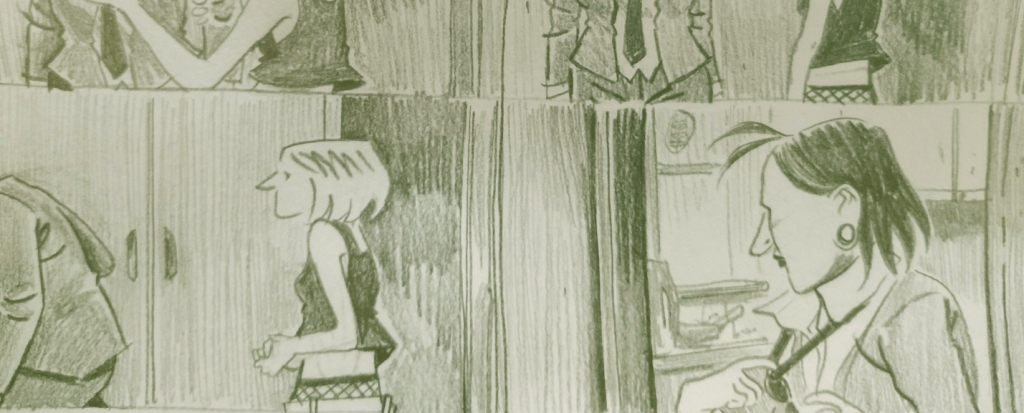
The great cartoonist Seth subtitled his brilliant Wimbledon Green with the words, “A story from the sketchbook of the cartoonist Seth.”
Wanting an excuse to make some fun comics just for himself, he decided to put aside a bit of time each morning to draw a little comic in his sketchbook. Without planning ahead, he drew what came most naturally to him, and gradually a story emerged, eventually ending up as the complete book.
I’m working on something with a similar approach: a graphic novel called Amy & Kay.
Every page of this comic is drawn without any under-drawing. It’s just me and a pencil, drawing it as I go along.
Working this way permits a lot of spontaneity to come out in the drawings. The standard way of drawing comics, and the way I’ve usually done it (as detailed in my last post), is to create a careful underdrawing and then ink over the top of it. This is a tried-and-true method that’s served people well for countless great comics, but the results can look a little overwrought, and lacking in the focus and emotional immediacy that a spontaneous drawing can give to a character’s expression and gesture.
When I noticed that a lot of my sketchbook drawings and doodles were stronger than my more careful illustrations, I knew I had to find a way to make my comics more like my sketches.
I’m quite deep into this book, and I’m starting to see the result: a story in pictures where the drawings may not be technically perfect, but where the immediacy of the drawing hangs together in a natural way and seems to give more life and character to the story than I’ve managed to acheive before.
More info on the book coming soon! Until then, here’s a few snapshots from the drawing board in the last few weeks.
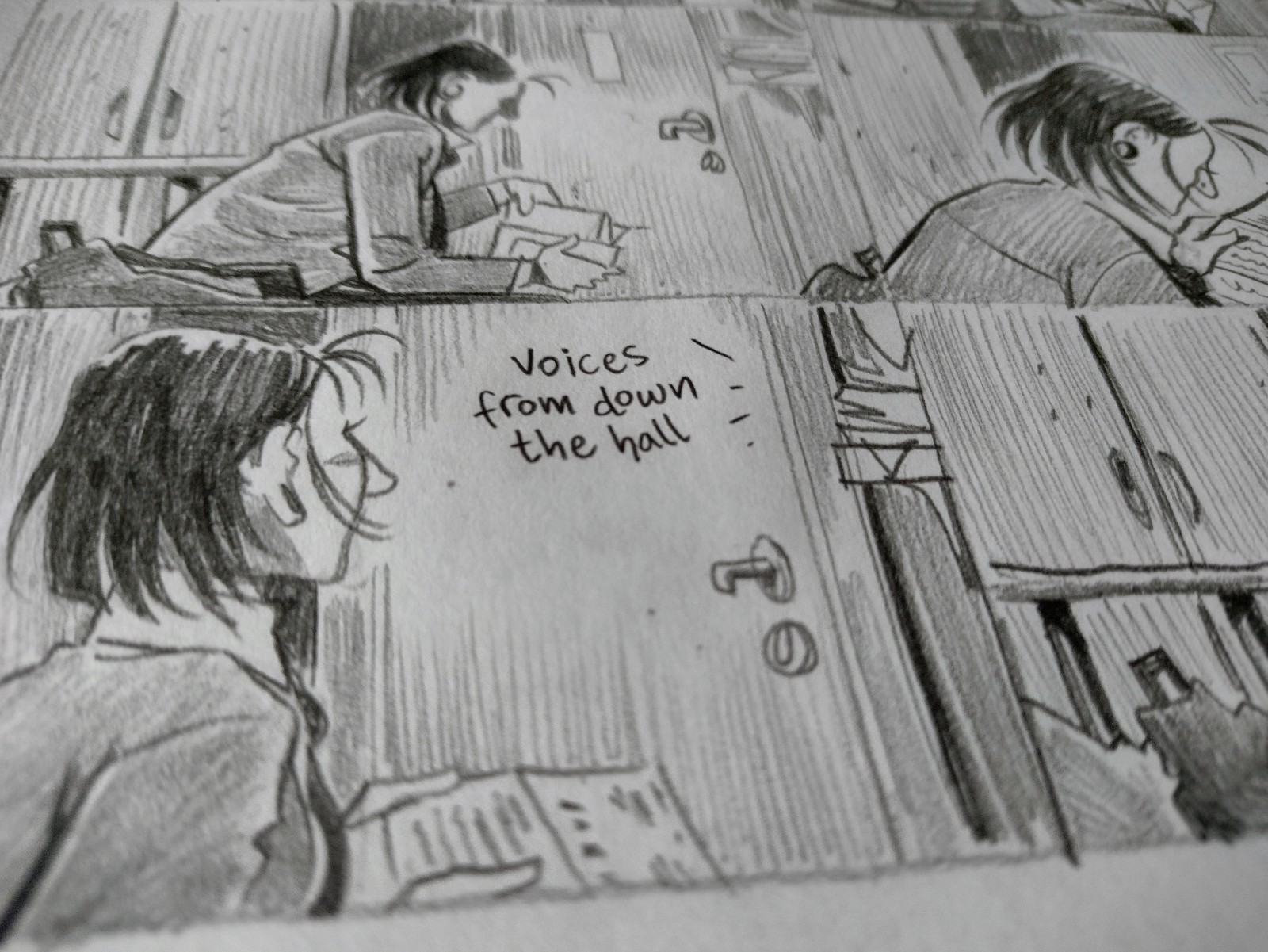



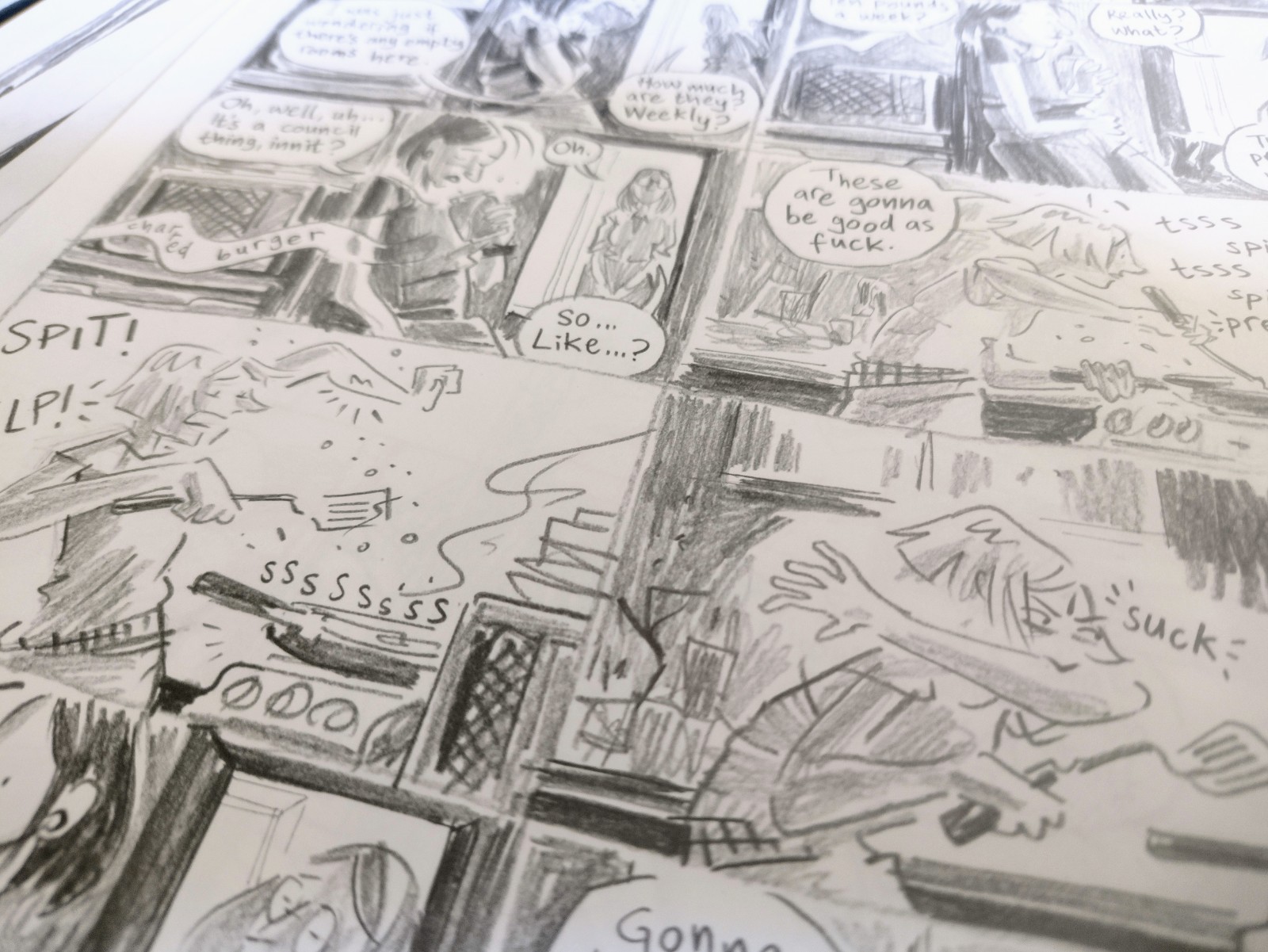
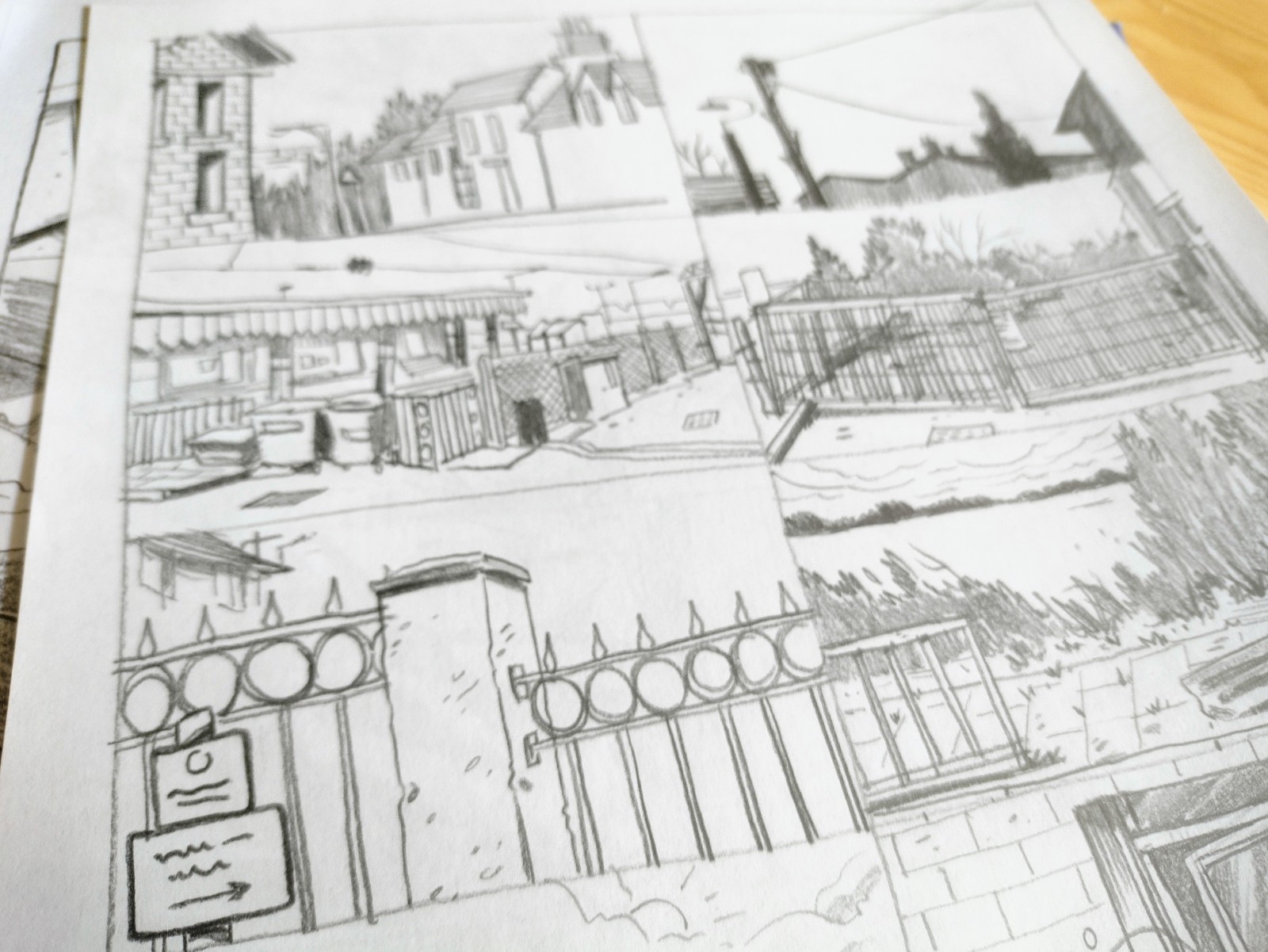

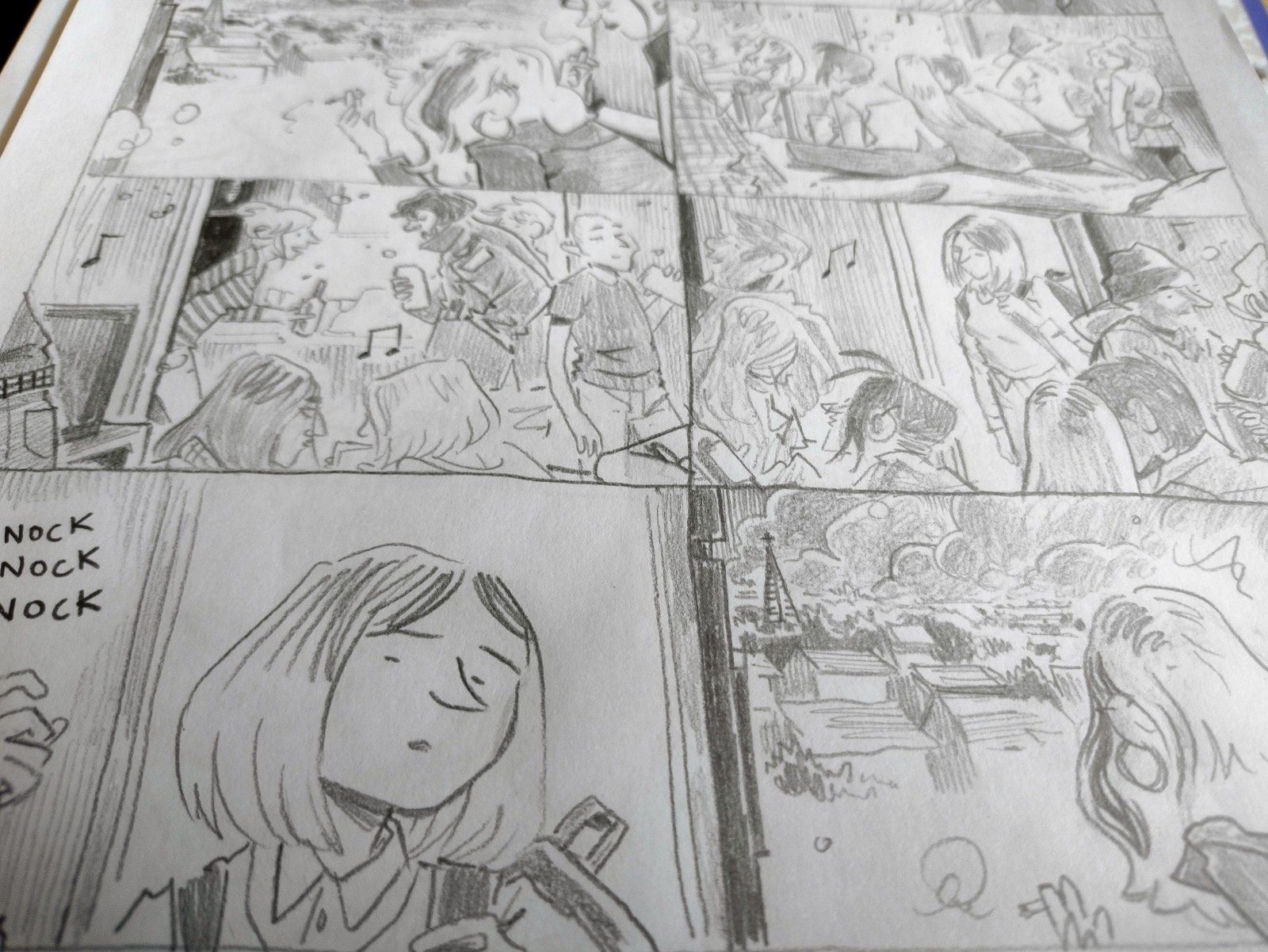
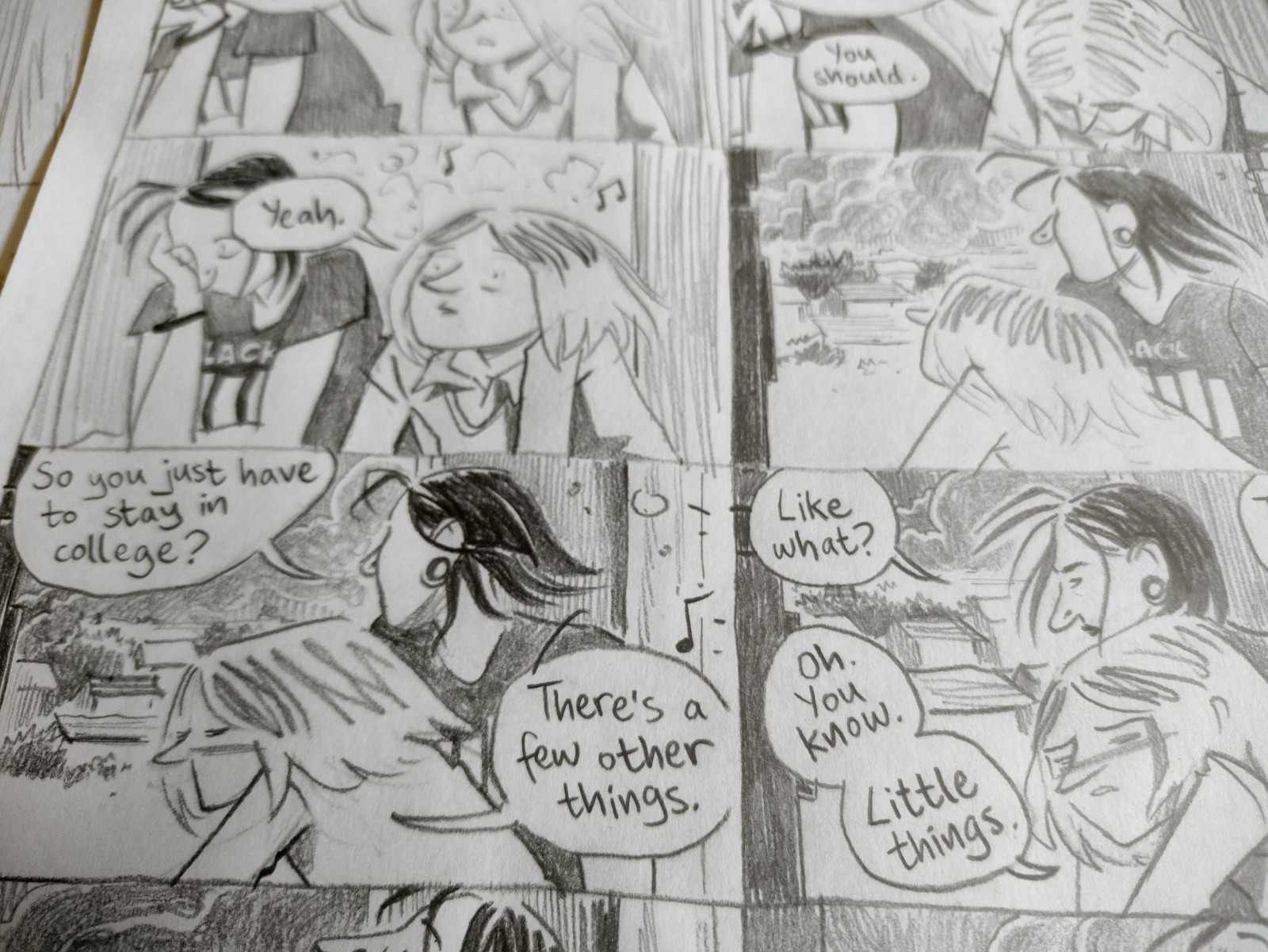
Filed under: illustrations | Tags: art, cartoons, children's books, comics, graphic novels, illustration, science

When I was giving school talks about Dino Detectives I spoke a bit about the process of going from script to full-colour artwork when making a page of comics. I thought I’d share here the examples that I used from the book, going from a script, to thumbnails, to scrappy roughs, to blue-line underdrawing, to the final line drawing. Then the process of layering the colour on, from background, to characters, then adding details, then shadows, and finally a few special lighting effects.











